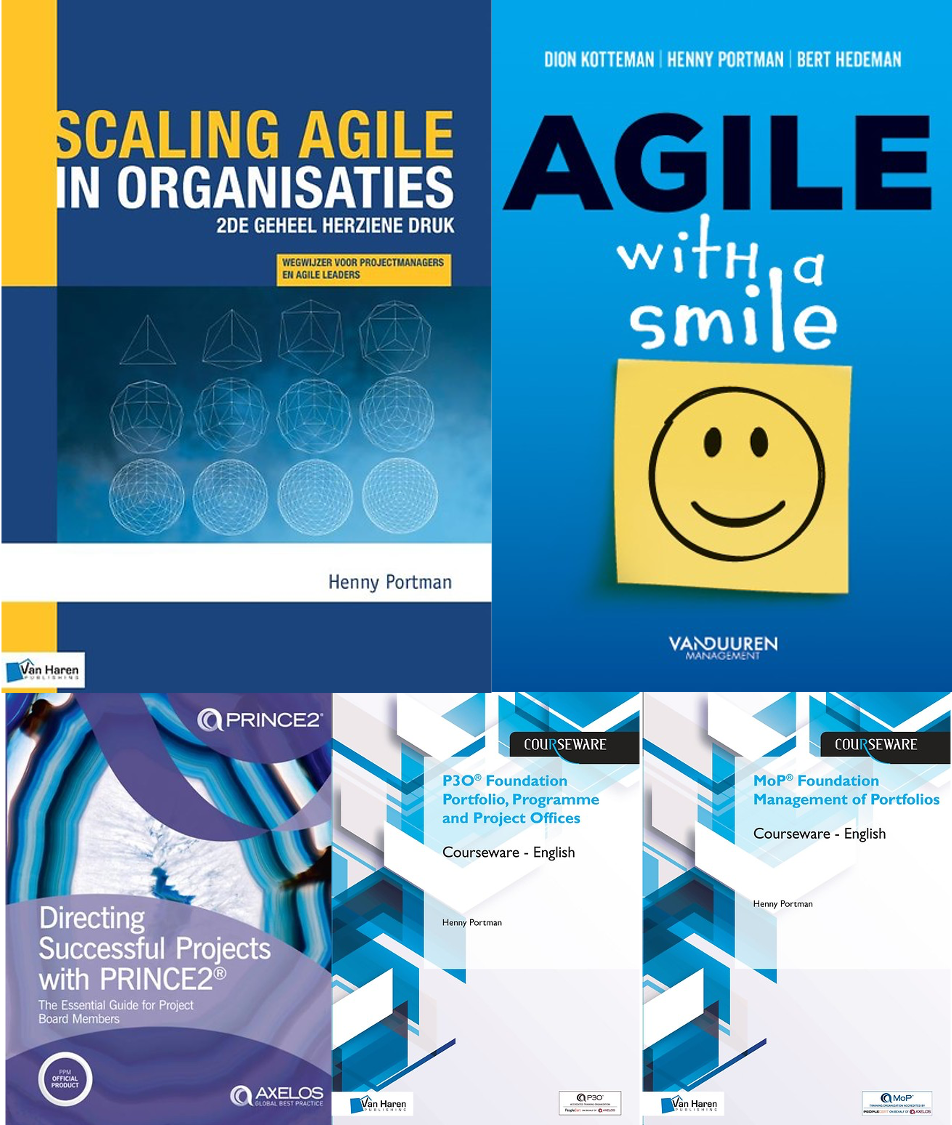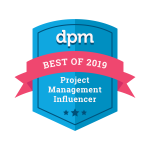 This is XEBIA’s second edition of AGILE NXT (see AGILE NXT for the first edition). This time you get approximately twenty articles to bring you up to speed with new insights for agile performance management.
This is XEBIA’s second edition of AGILE NXT (see AGILE NXT for the first edition). This time you get approximately twenty articles to bring you up to speed with new insights for agile performance management.
- Measuring the Value of Business Agility (by Daria Nozhkina) shows that business agility generally adds value in three ways: it impacts the top line or the costs (or both); drives profitability; and contributes soft value which ensures that the profitability achieved is sustainable over the long term.
- Data Science and Coaching: The Yin/Yang of Better Interventions (by Pieter Rijken) gives insights in team behavioral change by looking at goodness for fit for the delivery rate (items per iteration) data.
- The Efficiency Addiction: Just Say No (by Roel trienekens). If you focus on efficiency … you get better at being increasingly less effective. Efficiency is about doing the same for less, effectiveness is about achieving more with the same input.
- Four Steps to Effective Performance Meetings (by Daniel Burm) discusses four fundamental principles to keep in mind for people leading performance meetings: it’s not about you, close the loop, achievable next steps, and ask open questions.
- The Quantifiable Added Value of Scrum is an interview with Jeff Sutherland about result-oriented organizations operating on clear and simple performance indicators (by Serge Beaumont).
- Diamond Agile: Measuring What’s Meaningful (by Frank Verbruggen). Diamond Agile is a way of looking at organizational health from 5 different perspectives. Associated with each perspective are metrics. These metrics have been selected from hundreds of metrics as the best fit.
- The Power of Play in a Safe (But Not Too Safe) Environment (by Jasper Lamers) shows that a safe environment in which people can experiment, learn and fail without ruining the company, boost creativity.
- Measuring Success, Measuring Value: Performance Management in a Scrum World (by Gunther Verheyen) highlights that team engagement is the most ignored aspect of value, yet one where huge gain can be made to increase the ability to deliver value.
- The Gentle Way of Change (by Chris Lukassen) talks about six levers or sources of influence from the path to Judo black belt that could make you a better leader in business: personal motivation, personal ability, social motivation, social ability, structural motivation, and structural ability.
- Changing Behavior—Measure First, Change Next (by Just Meddens) emphasizes what it does take to actually change behavior in the long term, and why it is so important in business. To change behavior the ABC change model can be of help (Antecedent: what triggers the behavior? Behavior: what’s being displayed? Consequence: what happens after the behavior is displayed? Is it being reinforced?).
- It Takes Two to Do the Agile Tango: Invite Security to the Dancefloor (by Dave van Stein). Security and development need to dance together, so it’s best if they both learn the steps together, right from the beginning of your agile transition. Otherwise, once the development teams gain velocity, security and incident management becomes an impediment, and there is likely to be a few stumbles on the dancefloor.
- Micro-Interventions from a Position of Leadership (by Rik de Groot). Management is responsible for 33% of transition failures. Micro-interventions that can help to achieve a positive outcome are provide purpose, speak out and build trust, lead by example, think big, act small, and shared leadership.
- Doing: Diagnosis and Intervention Guide (by Paul Immerzeel and Maarten Uppelschoten) gives insights in the Doing model. Why people do things, how intervention triggers the behavior that creates the desired outcome and with it, organizational change. Forces that influence doing are understanding, willing, able and being enabled.
- The Secret Key to Performance: Inner Agility (by Mirjam Diependaal). When in transition, organizations often forget that the essential factor in change is people. And people are often afraid to change. That’s why organizations should explicitly focus on helping people develop inner agility, because, without it, lasting change won’t occur.
- Reducing Waste in the Race for Innovation (by Wilco Nap) outlines strategies designed to prevent product waste, time waste, and talent waste.
- EventStorming: Increasing Performance Through Continuous Discovery, Learning, and Sharing (by Kenny Baas-Schwegler) explains EventStorming. It’s a workshop-based method for facilitating collaboration between the different IT disciplines and silos to empower knowledge-sharing.
- Metrics: WiFi, Hamburgers, and the Successful Improvement Rate (by Jarl Meijer) emphasizes that there are two metrics that matter most in measuring the success of an agile transformation: the “level of agility” and the” successful improvement rate”.
- How DevOps Helps You Accelerate Your Execution Power and Why it Matters (by Hans-Jürgen Jacobs and Pavel Goultiaev). DevOps allows a company to respond faster and rapidly test assumptions in any response to opportunities or threats. By creating more customer value, a company can achieve superior performance.
Curious to read the magazine? Download or request a printed copy at: AGILE NXT
















Pingback: New PM Articles for the Week of July 8 – 14 | The Practicing IT Project Manager
Pingback: AGILE NXT Future Friday; it’s not just an ordinary conference! | Henny Portman's Blog
Pingback: Review AGILE NXT – New Insights for Agile Performance Management – Project Management World
Pingback: Overview of my year 2019 book reviews | Henny Portman's Blog